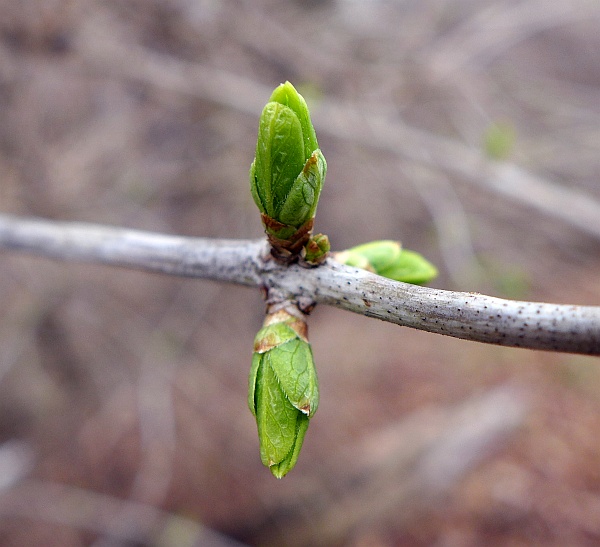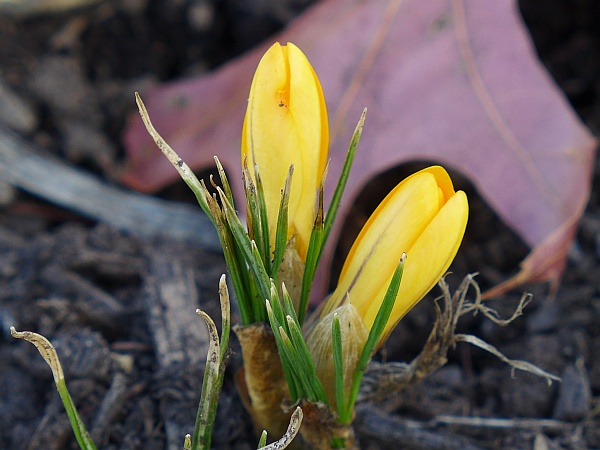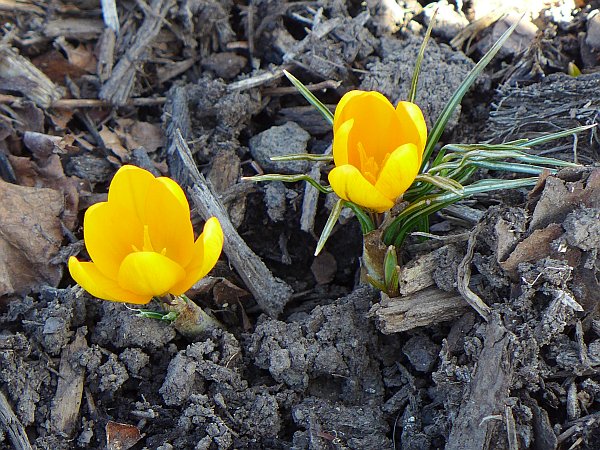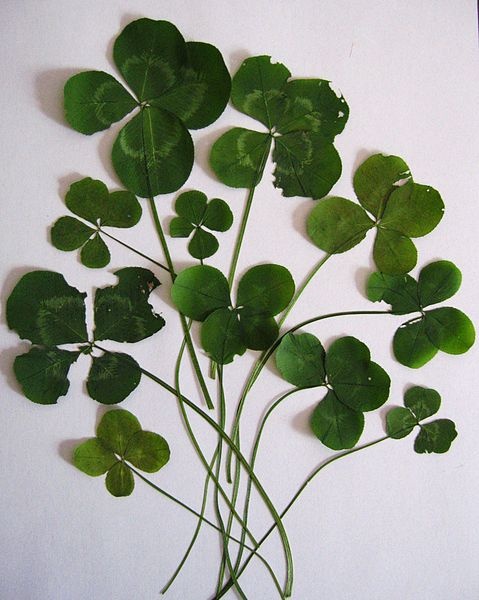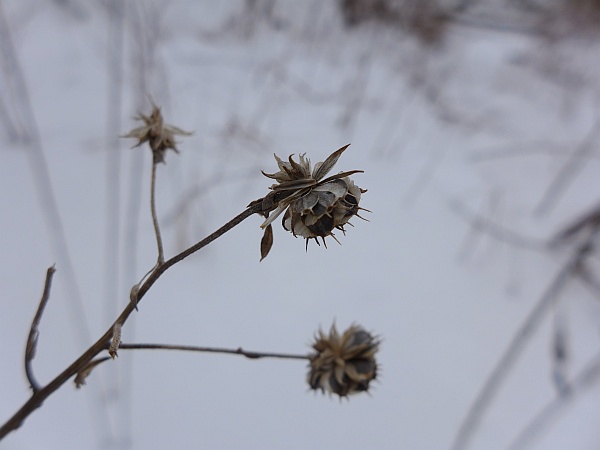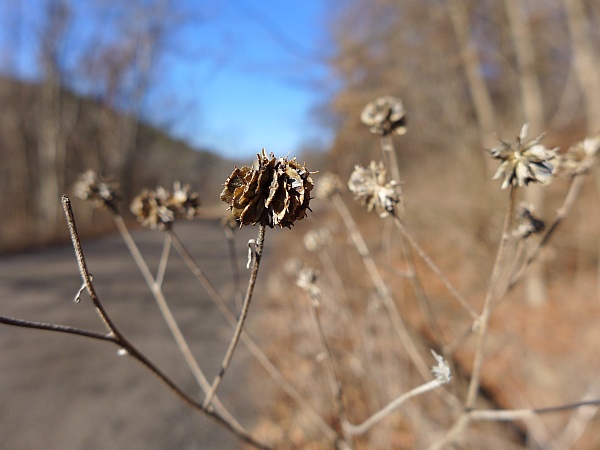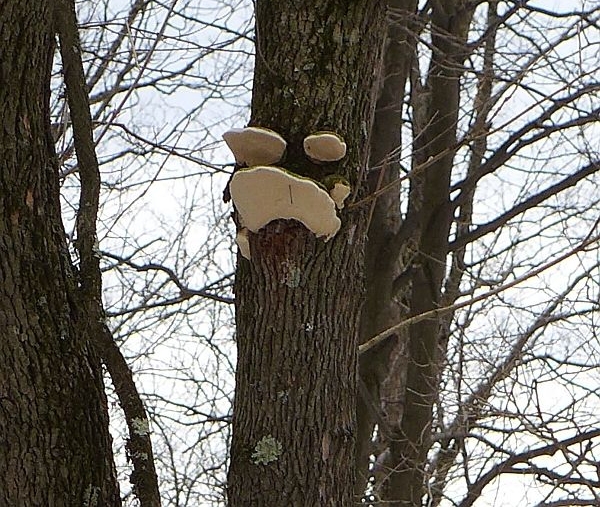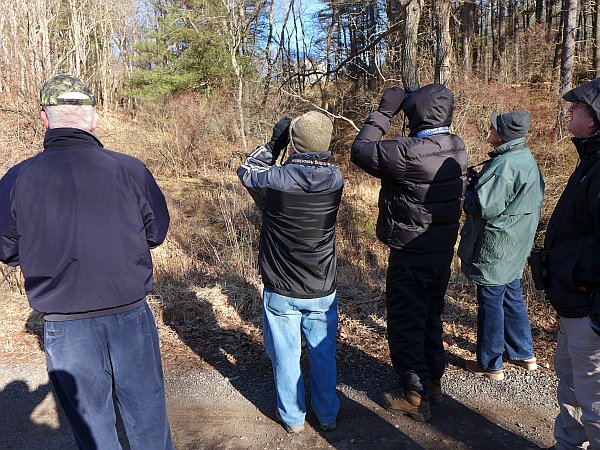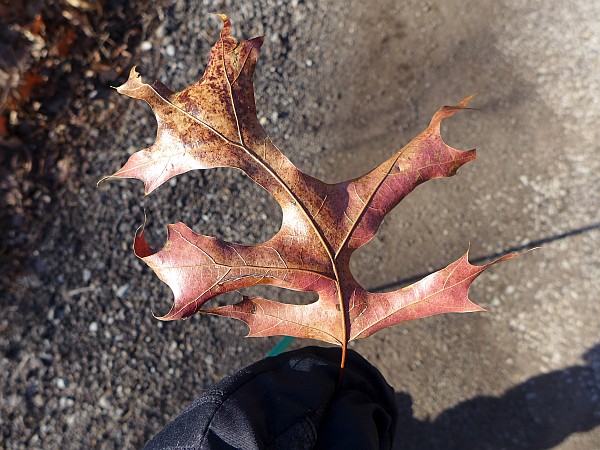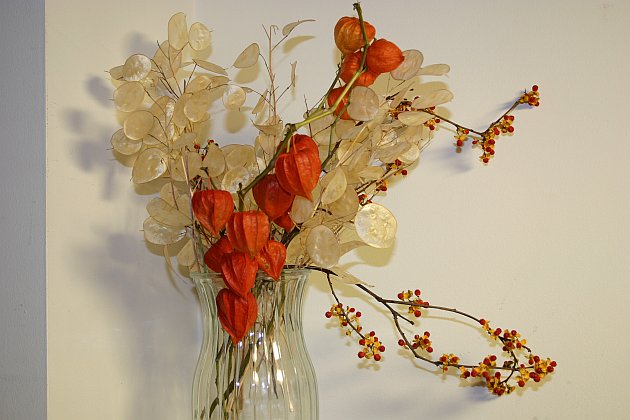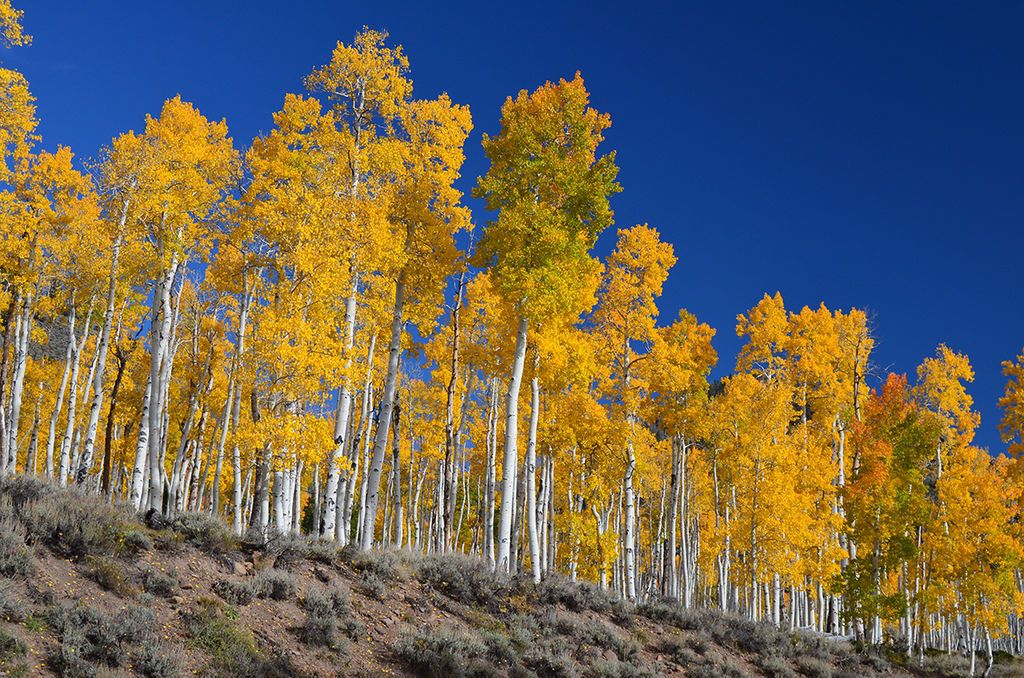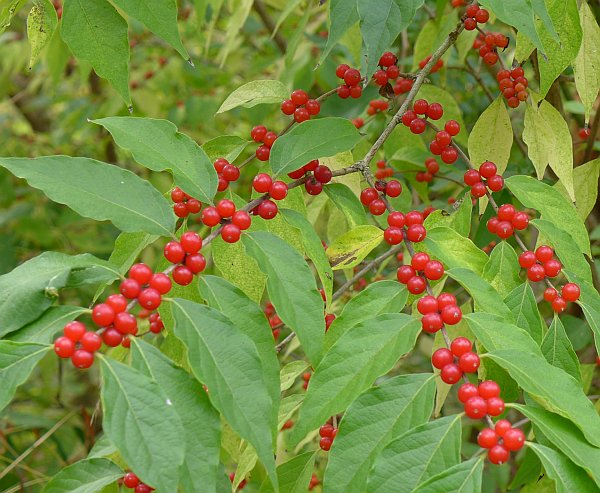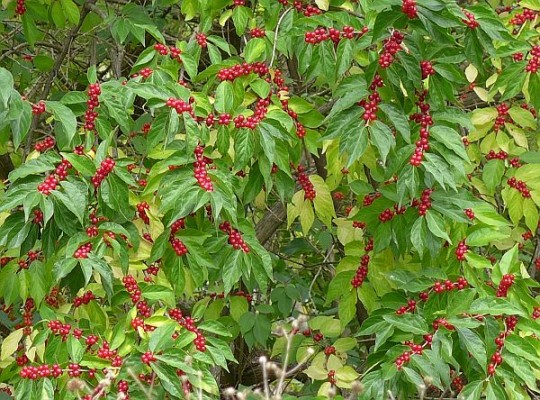
The first crocuses bloomed in Pittsburgh last week but the rest of spring is taking its time. Until today the month of March averaged 3F degrees below normal. (Yesterday’s brought it up to -2.6.) With that kind of track record, when will Spring get here?
Two years ago I wrote about the rule of thumb that “Spring moves north 13 miles a day“and showed how to watch it online at Journey North’s Tulip Test Garden. I even used the rule of thumb to predict that the tulips would bloom at Clarion Area Elementary School’s Test Garden in Clarion, PA on April 20, 2013.
Was I right? I looked up Clarion’s 2013 Tulip Test Garden results which said the tulips bloomed on April 22. But … April 22 but was a Monday that year. Maybe the tulips bloomed on Saturday, April 20 while the children weren’t at school to see them! (The vagaries of data collection…)
Let’s try it this year. Click here to read about the Rule of Thumb so you know how I’m doing this. Then I’ll estimate …
On the 2015 Tulip Test Garden Map Durham, NC’s first tulip bloomed on March 20. That’s 362 miles or about 28 days south of Clarion Area Elementary School (they’re participating again this year), so Clarion should bloom on April 17.
April 17 feels too early but we’ll see. By the end of April we’ll know if “Spring moved north 13 miles a day” in 2015.
p.s. A big flock of American robins sang in the dark this morning in my neighborhood. One more Sign of Spring!
(photo from Wikimedia Commons. This tulip was photographed by Laslovarga on May 21, 2014 near Burlington, Ontario.)
